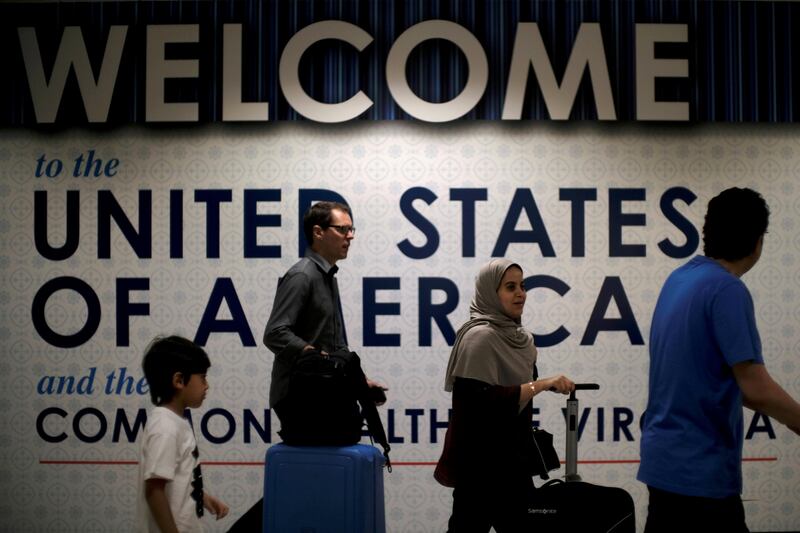US president Donald Trump issued an executive order on Tuesday that replaced the expiring one, allowing the US to resume accepting refugees after a 120-day ban. However, people from 11 “high-risk” countries, most of which are home to Muslim majorities, will still be blocked.
Names of the 11 countries were not disclosed, but officials said they are the same as on a 2015 list for tougher screening, requiring a “Security Advisory Opinion”, according to Agence France-Presse.
Refugee agencies and reports said the countries include Egypt, Iran, Iraq, Libya, Mali, North Korea, Somalia, South Sudan, Sudan, Syria and Yemen.
All but North Korea are mainly Muslim populations, and in the past have been the source of the largest portion of US refugee admissions.
They represent close to half of all the refugees entering the US, reported Agence France-Presse. In fiscal 2017, out of 53,716 refugees the US accepted, 22,150 came from Syria, Iraq, Iran and Somalia.
The new order will include a sharp cutback on refugee admissions with enhanced vetting and security measures. Applicants from the 11 countries will be subject to 90-day security and intelligence review.
The new order will include more in-depth checks, including their social media presence and personal information — phone numbers, e-mails, addresses — dating back 10 years.
Meanwhile, Mr Trump set a new cap on refugee admission, limiting the number to 45,000 per year. His predecessor, Barack Obama, had set it for the fiscal year that ended on September 30, 2017 at 110,000.
______________
Read more: Trump's third attempt at Muslim country travel ban blocked
______________
Under the new cap, only 17,500 refugees are to be admitted from the Middle East and South Asia regions, but they will still have to undergo a 90-day review.
According to a poll taken last April by Quinnipiac University, 57 per cent of US registered voters support accepting Syrian refugees, while 38 per cent oppose such a policy.
The expired ban had targeted people from Iran, Libya, Yemen, Somalia, Sudan, and Syria.
Among Republicans, however, only 23 per cent support admitting refugees, while 73 per cent oppose it.
“The security of the American people is this administration’s highest priority, and these improved vetting measures are essential for American security,” said Elaine Duke, the acting Homeland Security chief.
"These new, standardised screening measures provide an opportunity for the United States to welcome those in need into our country, while ensuring a safer, more secure homeland."







